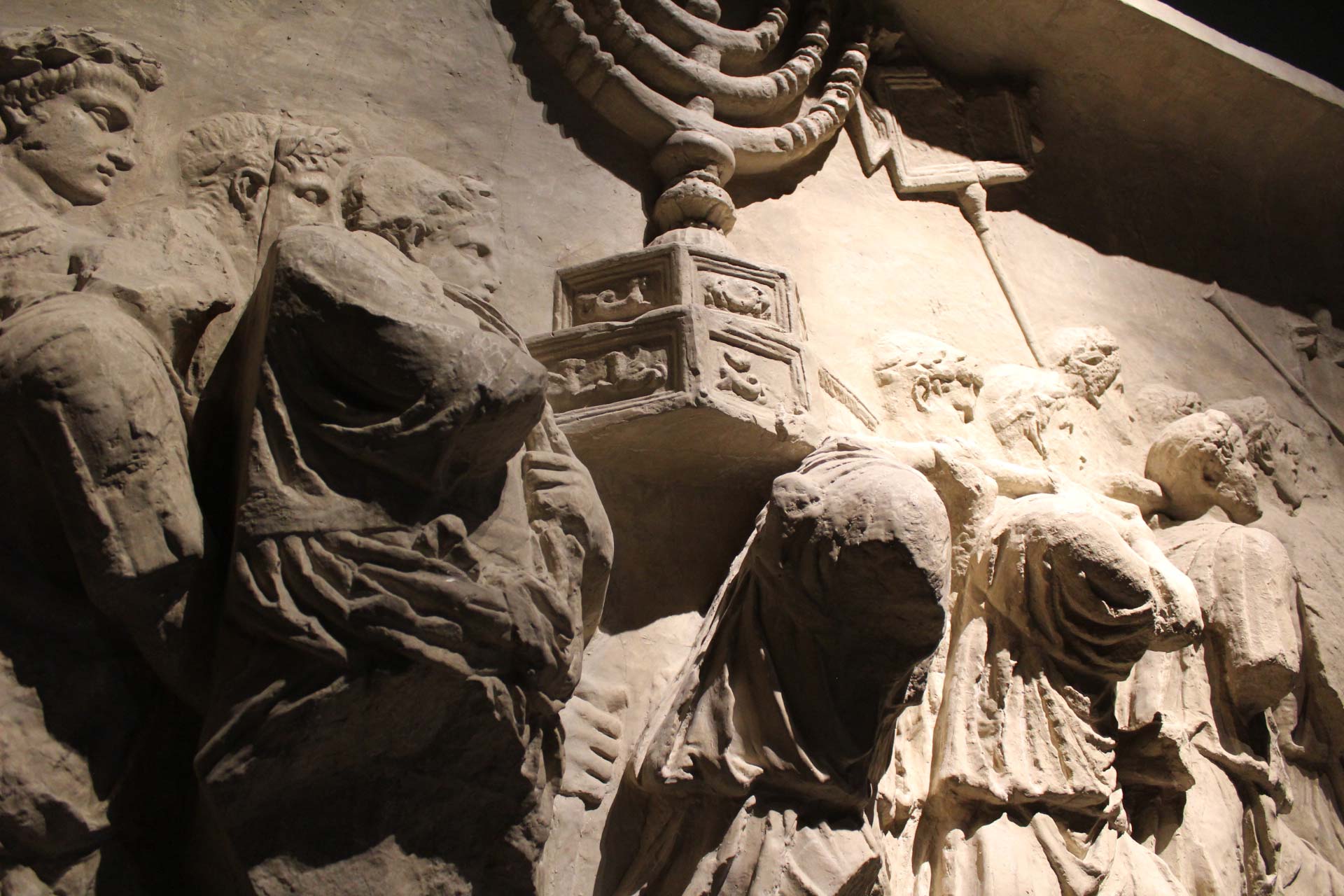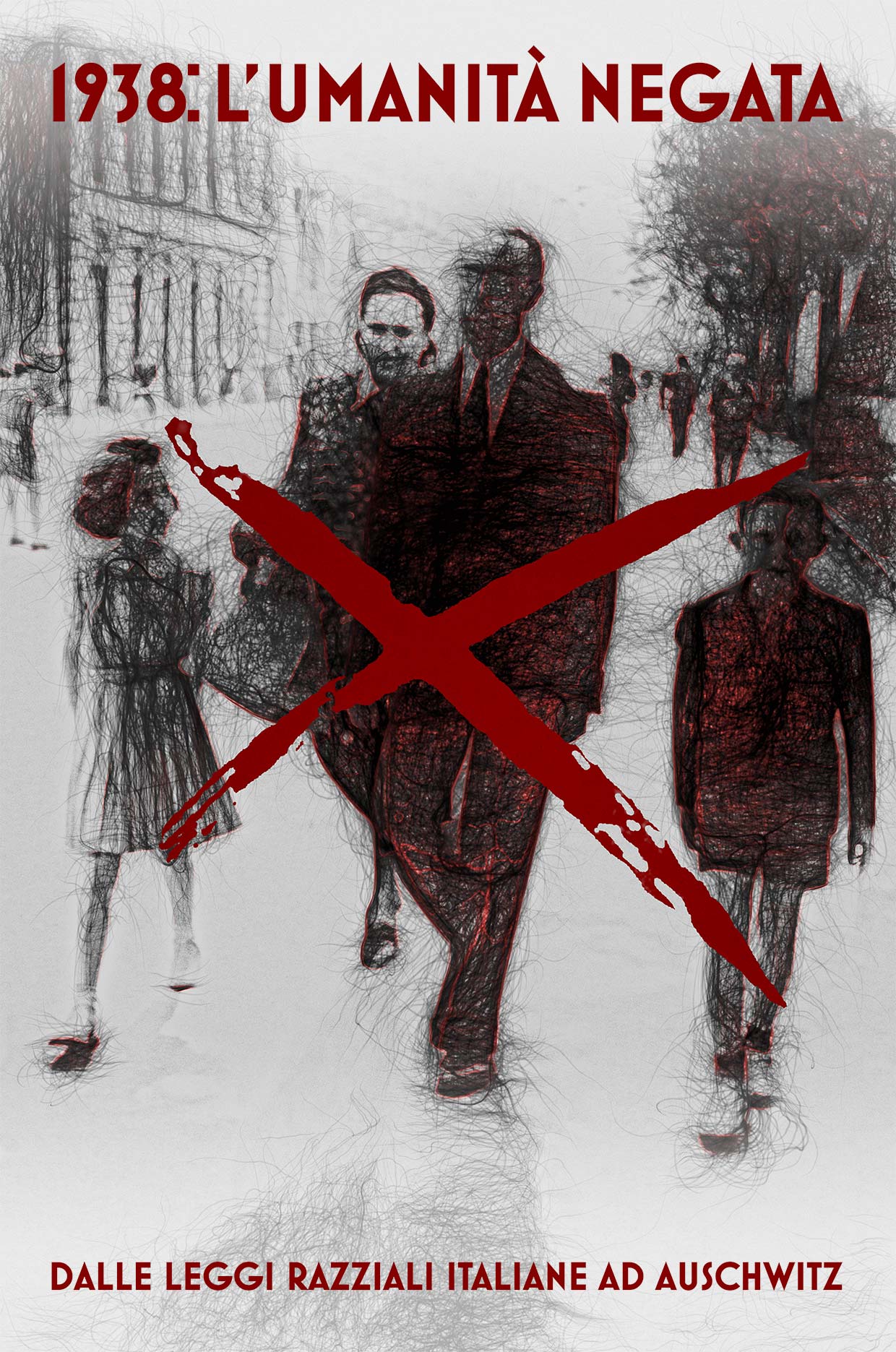
Jewish
CultureObjects
& Symbols
Culture
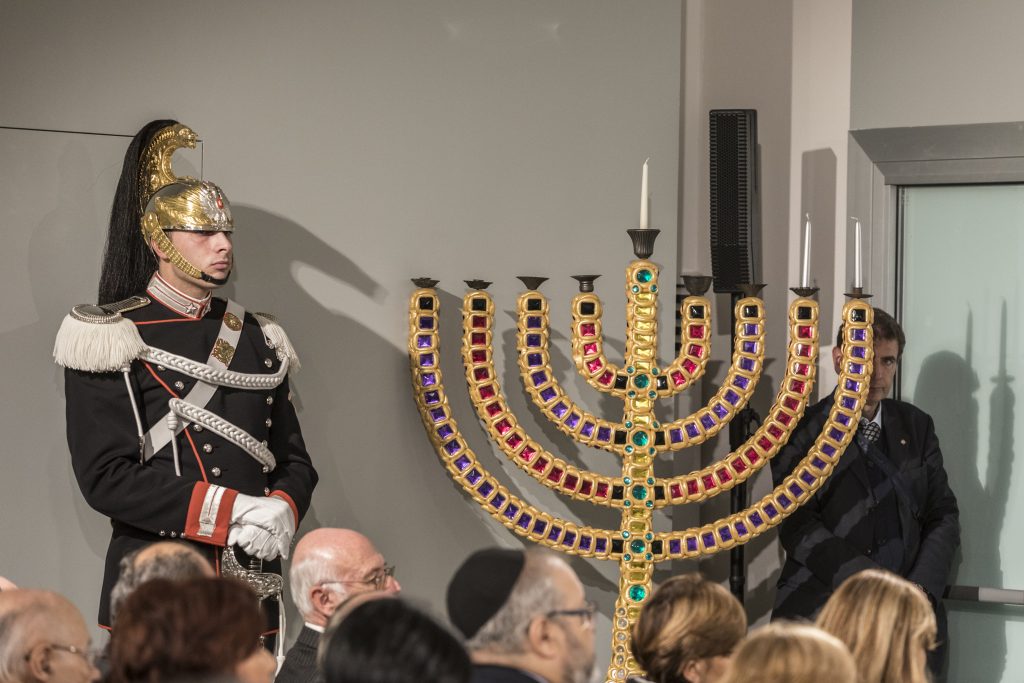
Objects and symbols that make up a thousand-year history
The Hebrew word ot (symbol) denotes a visible testimony of the relationship between God and man. Jewish culture is rich in symbols, represented by specific objects, images, stones, numbers, colors, and more.
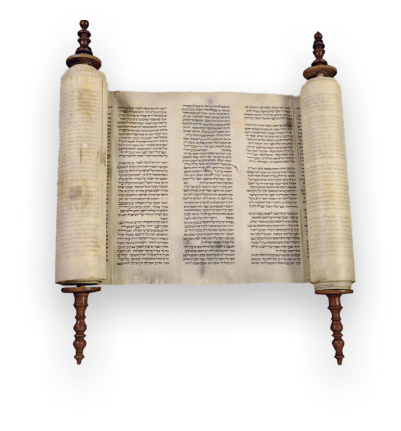
SEFER TORAH
Northern France, c. 1250
Parchment scroll, wooden shafts
Jewish community, Vercelli

SEFER TORAH
period
category
Other info
Parchment scroll, wooden shafts
The Sefer Torah (Torah scroll), used for synagogue readings, comes from the Synagogue of Biella and was discovered recently, during an inventory of the scrolls conserved by the Jewish Community of Vercelli. Radiocarbon 14 testing indicates a date of 1245-68 and therefore makes this item a rare and priceless testament to material culture and synagogue life during Middle Ages. It is worth noting a number of specific graphic characteristics, such as the use of taggin (crownlets) over certain letters and the modification of the ductus of others (such as the peh lefufah: that is “wrapped”). These and other aspects indicate the Ashkenazi origin of the scroll and make it possible to ascribe its provenance to northern France. It was probably taken from there to Piedmont on the occasion of the expulsion of the Jews ordered by Charles VI in 1394. Restored after its discovery, the sefer has been repaired and rendered suitable for liturgical use once more. It can be said to be the oldest synagogue scroll in the world today that is still owned by a Jewish community and can be used for ritual purposes.
Northern France, c. 1250
Parchment scroll, wooden shafts
Jewish community, Vercelli
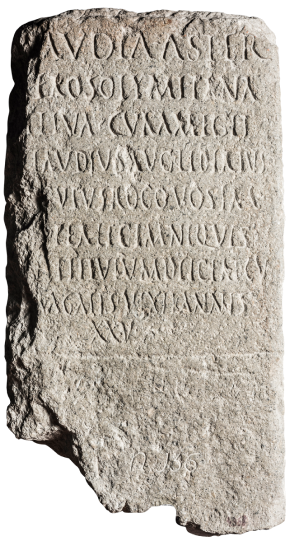
EPITAPH OF CLAUDIA ASTER
Late 1st century
Naples, Museo Archeologico Nazionale
The funerary inscription for Claudia Aster, from an unidentified burial place along the road between Naples and Pozzuoli, is one of the most touching documents witnessing the gate of the thousands of prisoners who, taken in Judea at the end of the war in the year 70, were brought to Rome in chains. The name Aster (‘Star’) is nothing other than the Greek adaptation of Hebrew Esther. Brought to Italy as a slave, at some point Aster was purchased by an imperial freedman. At the time of her death, her patron wanted to give her a dignified burial and include in the epitaph an unusual element that was particularly meaningful, either for him or for her: the fact that Aster was Hierosolymitana captiva, a prisoner from Jerusalem.

EPITAPH OF CLAUDIA ASTER
period
category
Other info
The funerary inscription
Late 1st century
Naples, Museo Archeologico Nazionale
The funerary inscription for Claudia Aster, from an unidentified burial place along the road between Naples and Pozzuoli, is one of the most touching documents witnessing the gate of the thousands of prisoners who, taken in Judea at the end of the war in the year 70, were brought to Rome in chains. The name Aster (‘Star’) is nothing other than the Greek adaptation of Hebrew Esther. Brought to Italy as a slave, at some point Aster was purchased by an imperial freedman. At the time of her death, her patron wanted to give her a dignified burial and include in the epitaph an unusual element that was particularly meaningful, either for him or for her: the fact that Aster was Hierosolymitana captiva, a prisoner from Jerusalem.
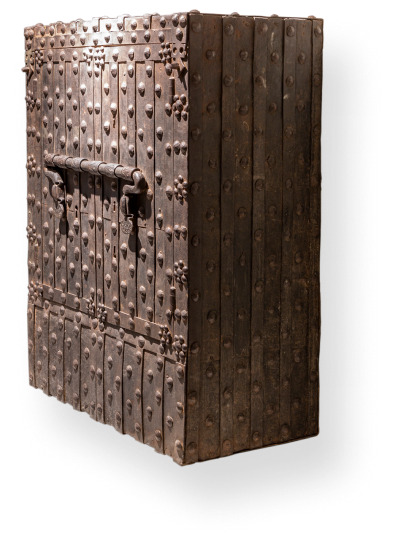
SAFE
Italy, sixteenth century?
Jewish community, Ferrara
Safe comprised of a strong wooden structure covered with wrought iron and extensive studs.

SAFE
period
category
Other info
Safe
Italy, sixteenth century?
Jewish community, Ferrara
Safe comprised of a strong wooden structure covered with wrought iron and extensive studs.

POMEGRANATE
(in Hebrew Rimmon)
The pomegranate is fraught with meaning. At the feast of Rosh haShanah, the Jewish New Year (see the section on holidays), while eating the fruit we pray “May we be full of merits like the pomegranate (is full of seeds).” Hailed by the Torah as one of the seven most bountiful agriculture products of the Land of Israel, the pomegranate tree has its place in the MEIS Garden of Questions.

POMEGRANATE
category
(in Hebrew Rimmon)
The pomegranate is fraught with meaning. At the feast of Rosh haShanah, the Jewish New Year (see the section on holidays), while eating the fruit we pray “May we be full of merits like the pomegranate (is full of seeds).” Hailed by the Torah as one of the seven most bountiful agriculture products of the Land of Israel, the pomegranate tree has its place in the MEIS Garden of Questions.

POMEGRANATE
category
(in Hebrew Rimmon)
The pomegranate is fraught with meaning. At the feast of Rosh haShanah, the Jewish New Year (see the section on holidays), while eating the fruit we pray “May we be full of merits like the pomegranate (is full of seeds).” Hailed by the Torah as one of the seven most bountiful agriculture products of the Land of Israel, the pomegranate tree has its place in the MEIS Garden of Questions.
Other objects & symbols
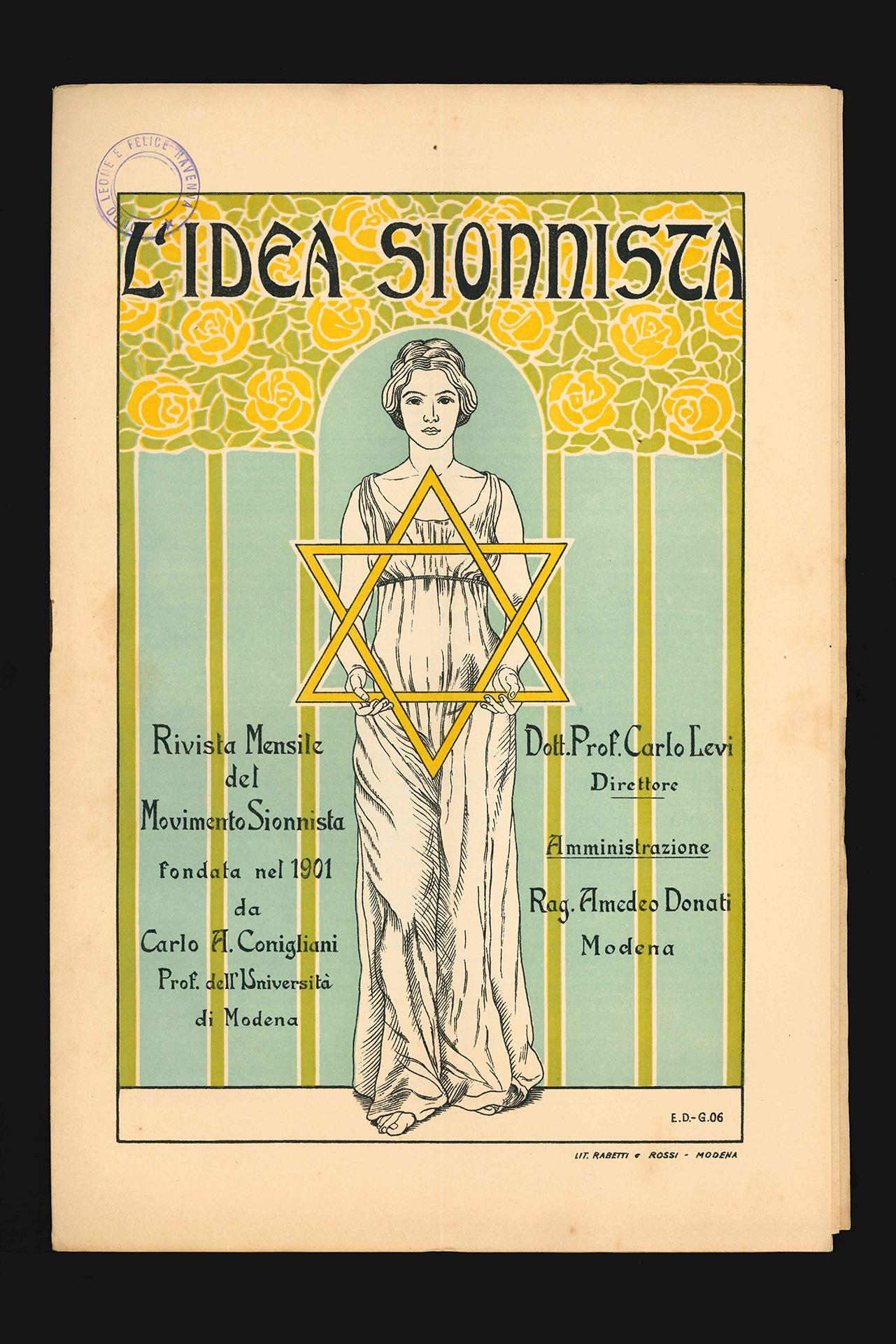
L’Idea Sionnista
period
category
Other info
Print on paper
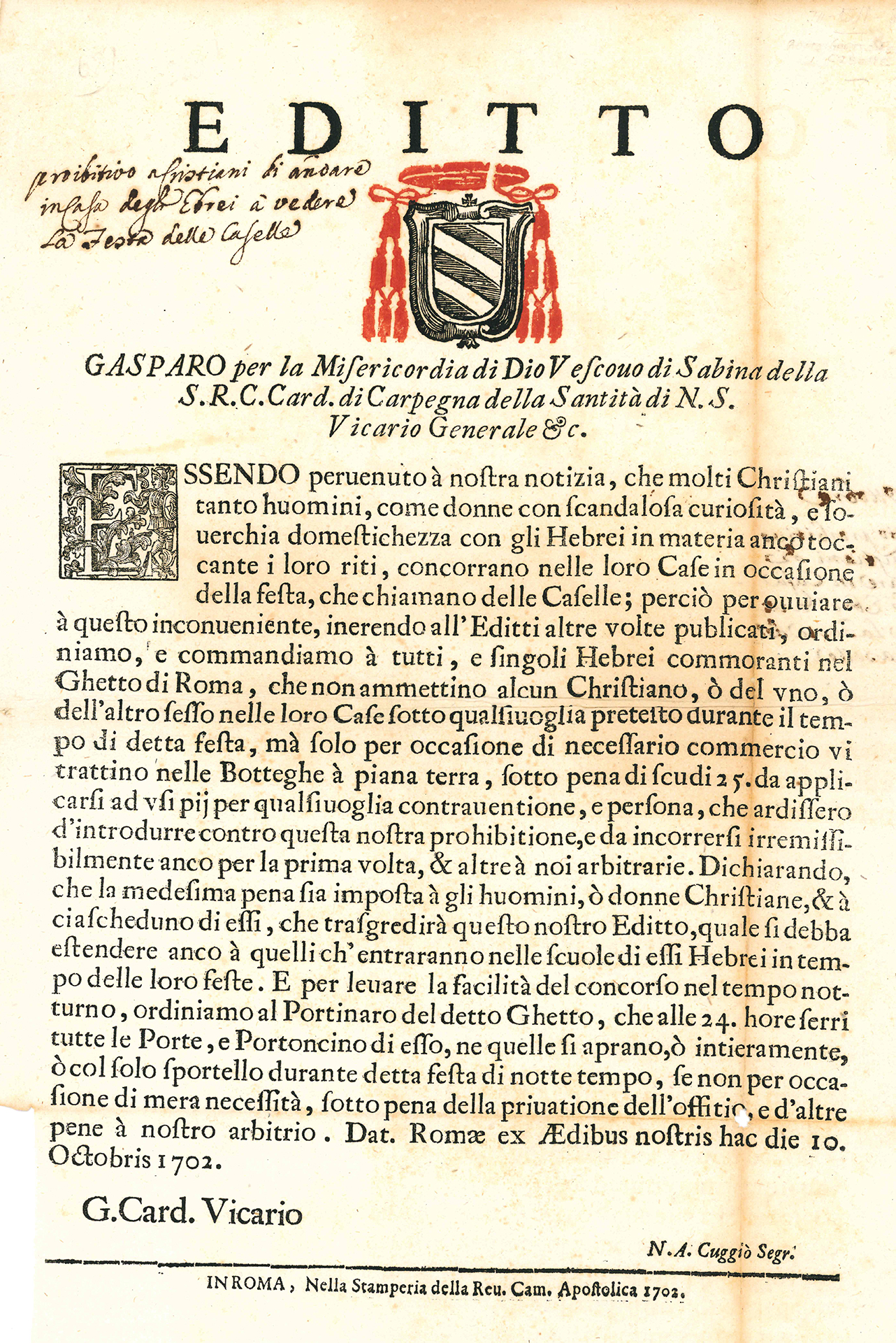
Edict of the Cardinal Vicar of Rome
period
category
Other info

Tallit of Leone Leoni
period
category
Other info
Prayer shawl donated by Bruna Leoni Herzfeld

